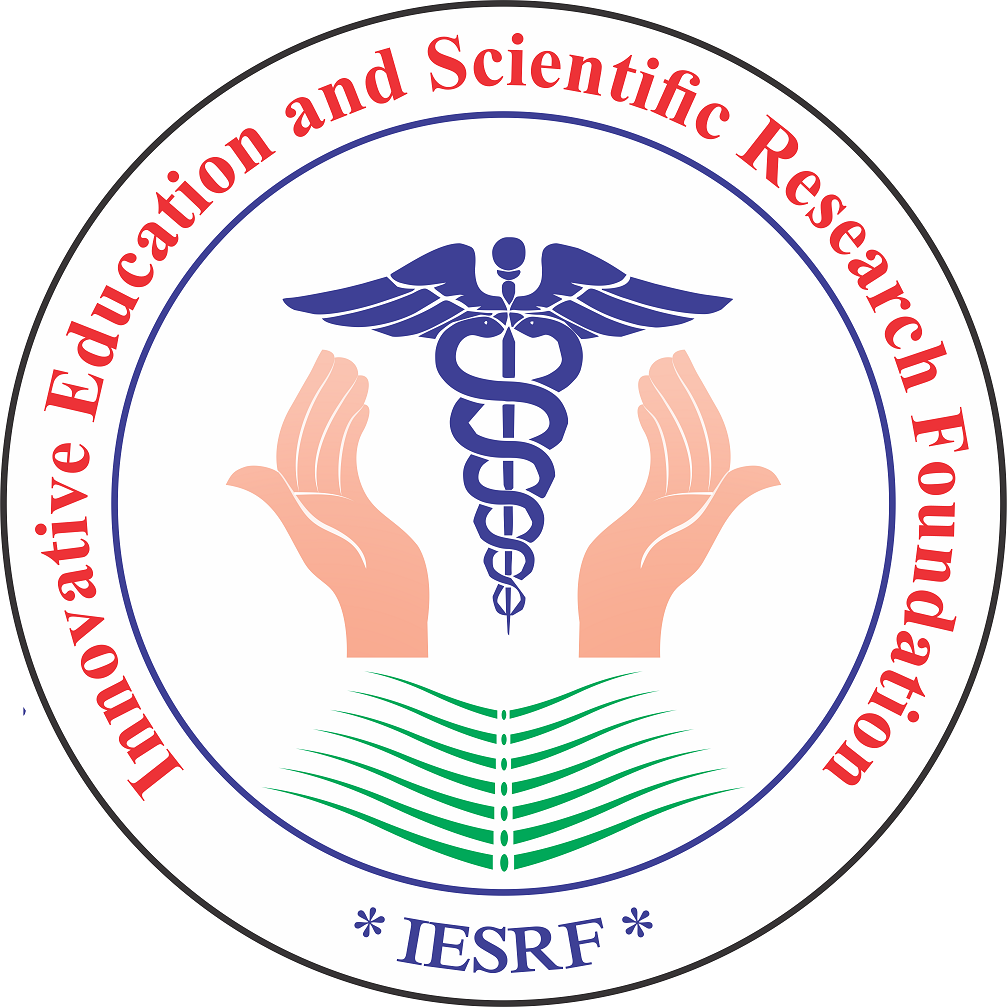Ahead of Print
Investigating the Contribution of SadA in Staphylococcus Pathogenicity Using Insect and Mice Models
Authors: Friedrich Götz, Tobias Hertlein, Knut Ohlsen, Arif Luqman
DOI: 10.18231/j.ijmr.11758.1759554023
Keywords: aromatic amino acid decarboxylase, trace amine, pathogenicity, infection, Staphylococcus
Abstract: Background: Aromatic amino acid decarboxylase is prevalent in bacteria associated with food fermentation and human commensal. This enzyme, called SadA, is reported to be found in various staphylococcal species and might contribute to colonization and host-bacteria interactions. However, the role of SadA in staphylococcal pathogenicity related to infection is understudied. This study aims to evaluate the role of sadA in the pathogenicity of Staphylococcus pseudintermedius ED99 and Staphylococcus aureus USA300 LAC using invertebrate and mammalian infection models. Methods: We performed a Galleria mellonella survival assay, a mouse infection model, and analysis of trace amine levels using high-performance liquid chromatography (HPLC). In addition, cytokine production in human monocyte cells (Monomac-6) exposed to trace amines was also measured. Results: The results showed that sadA expression increased the virulence of S. pseudintermedius ED99 on G. mellonella when supplemented with aromatic amino acids, but in a mouse model, no significant differences were found in infection rates, bacterial burdens, or trace amine production between strains with and without sadA. Moreover, tryptamine only induced IL-10 production in Monomac-6 cells at high concentration (50 μg/ml). Conclusion: In conclusion, sadA does not play a significant role in staphylococcal pathogenicity in mammalian models due to substrate limitations in the host.
